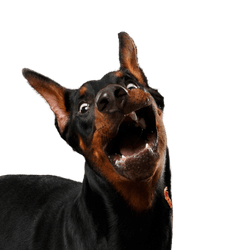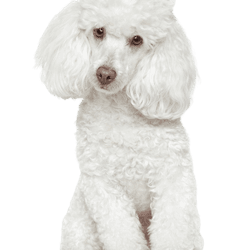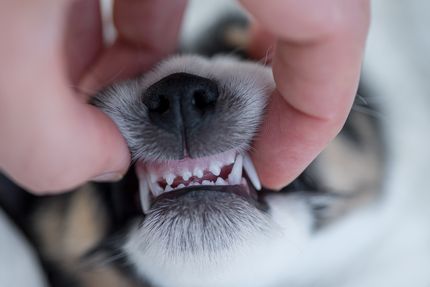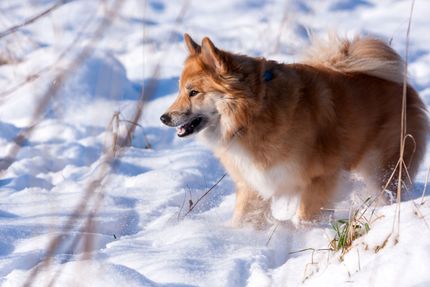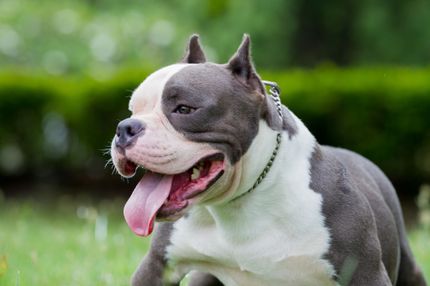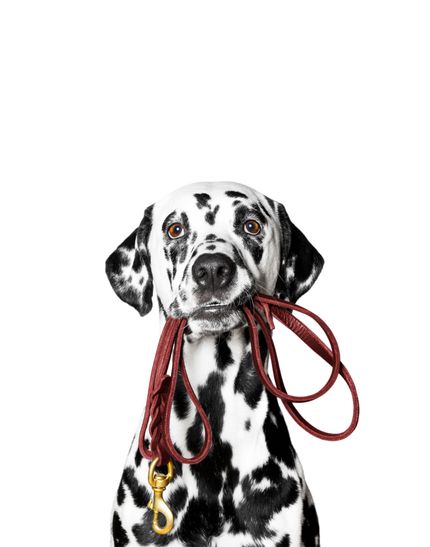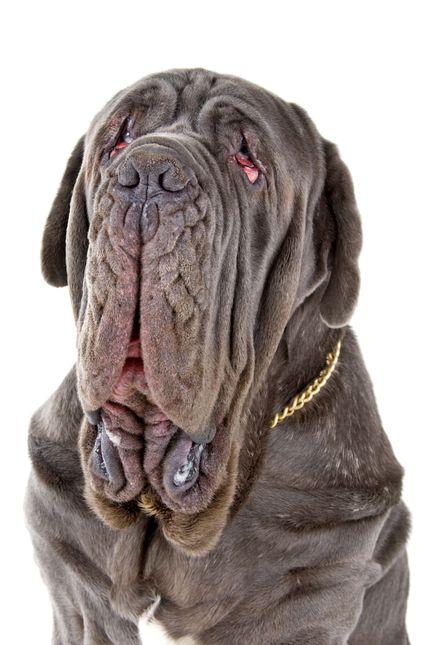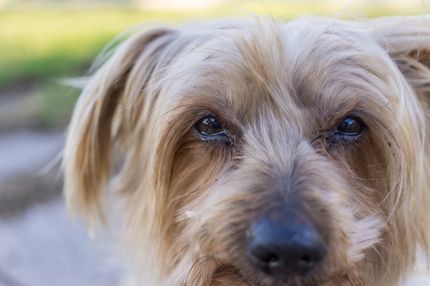Facts & Origin
Doodleman Pinscher: Hybrid breed of Doberman and Poodle.
The Doodleman Pinscher is a cross between a Doberman and a Poodle. This cross stems from the intention to combine the positive characteristics of both breeds. Although the Doodleman Pinscher is not a recognized or standardized hybrid, it is gaining popularity due to its unique characteristics and friendly nature.
Suitability and Use
Due to his intelligent nature, the Doodleman Pinscher is well suited for various activities such as obedience training, agility, or even search and rescue work. He requires sufficient physical and mental stimulation to ensure his well-being and contentment. Because of his size and energy, he can benefit from an active owner who is willing to provide him with sufficient exercise and mental challenges.
| Alternate Name | - |
| Origin | Germany |
| Life expectancy | 10 - 15 years |
| Care requirements | low-maintenance - high-maintenance |
| Activity level | average - average to high |
| FCI group | not recognised |
| AKC group | not recognised |
| KC group | not recognised |
More Doberman mixes
More Poodle mixes
Attitude, character and temperament of the breed
Possible character traits of the Doodleman Pinscher.
The Doodleman Pinscher typically combines the traits of the Doberman and the Poodle. He is usually intelligent, friendly, loyal and playful. This mix can make an excellent family companion dog that enjoys spending time with its people. The Doodleman Pinscher often shows a high level of sensitivity and adaptability, making him a good-natured and sensitive companion.
The Doodleman Pinscher is a lovable mix of Doberman and Poodle with a charming personality and versatile character. With proper training, loving care and adequate activity, he can be a wonderful companion for active families or individuals. Remember that each individual is unique and characteristics may vary. If you're interested in a Doodleman Pinscher, it's important to spend time with potential breeders or adopters to develop a better understanding of the dog and make sure it fits your lifestyle.
Character
Usage
Health and care
As with any dog breed, certain health concerns can arise with the Doodleman Pinscher. It is important to have regular veterinary checkups to catch potential problems early. Since the Doodleman Pinscher is a mix, certain genetic conditions can be inherited from both the Doberman and the Poodle. Potential health problems include eye problems, hip dysplasia, and heart disease.
In terms of grooming, the Doodleman Pinscher needs regular brushing, especially if his coat is longer. This helps prevent matting and keeps the coat clean and healthy. Nail trimming, regular teeth cleaning and ear care should also be part of the grooming routine.
What does this mixed breed look like?
The Doodleman Pinscher can have a variety of expressions, as the characteristics of the parent breeds can vary. Generally, he is a medium to large dog with an athletic build. His coat is often dense, curly, and of varying lengths, with a variety of colors including black, brown, gray, or a combination thereof. The ears can be pendulous or erect, depending on the heredity of the parent breeds.
Known Diseases
Hypothyroidism
Hypothyroidism is a condition in dogs where the thyroid gland does not produce enough thyroid hormones. This can lead to a slowed metabolic rate, weight gain, fatigue, hair loss and other symptoms.
Hip dysplasia (HD)
Hip dysplasia (HD) is a genetic condition in dogs where the hip joint is not shaped properly. This leads to pain, stiffness and restricted movement.
Wobbler syndrome
In veterinary medicine, this is the name given to a complex of symptoms caused by nerve damage in the area of the spinal cord or spinal cord nerves in the area of the cervical spine.
Blue Doberman Syndrome
Blue Doberman Syndrome (Alopecia). This is a hereditary disease that leads to progressive hair loss.
Dancing Doberman Diseas
Initially, there is only bending of the legs, which is caused by muscle failure. In the advanced stage, the disease then leads to paralysis.
Ataxia
Ataxia (from Greek ἀταξία ataxia 'disorder' 'irregularity') is a generic term in medicine for various disorders of movement coordination. Ataxia can occur even when there is no paralysis (paresis), that is, when there is normal muscle strength.
Heart disease
Can occur frequently in dogs and can sometimes be treated with medication.
Epilepsy
Definition: Dog has epilepsy if, for example, at least two epileptic seizures occur more than 24 hours apart.
Cataract
Cataracts are still one of the most common causes of blindness, even in dogs.
Progressive Retinal Atrophy (PRA)
Progressive retinal atrophy (PRA) is a slowly progressive death of the retina in dogs.
Patellar problems
Problems with the Patellar can be a displacement or weak kneecap, which is one of the most common causes of lameness in dogs, also because of overweight.
Eye diseases
Often occur with allergies and intolerances.
FAQ
-
On average, they have a height between 61-71 centimeters.
-
They can come in a variety of coat colors, from black and brown to cream and wheat.
-
These mixed breeds are proud, smart, friendly, energetic and loyal. They require regular exercise and are wary of strangers.
-
Yes, they are quite easy to care for, as their fur is very smooth and hardly matted. Usually it needs to be brushed 1-2 times a week.
-
Yes, they are very affectionate and love to interact and spend time with their owners.
